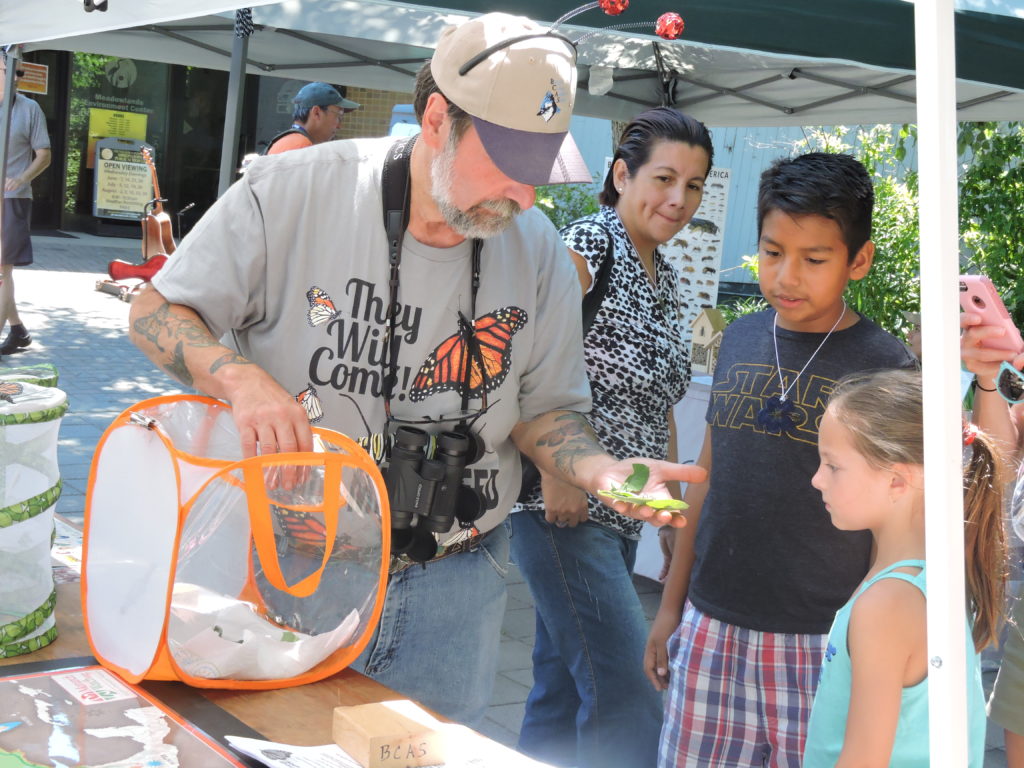
Our historical idea of the great American conservationist conjures up iconic images of John Muir Hiking in the High Sierras, Teddy Roosevelt on horseback on the western plains and Rachel Carson bringing attention to the environmental disaster of DDT. All those environmental heroes and many more still very much inspire, motivate, and at times give many of us the inner strength to continue on with the daily stresses and strains of looking after an environment placed between concrete and cars.
But today the conservationist in suburbia, and especially here in northern New Jersey, has a very different job. It is one that is a much less glamourous and newsworthy but at the same time no less crucial and critical to the wildlife and the people of the communities where they live.
As the battle to hold back climate change, save endangered species and preserve places in the Arctic and the rain forest goes on all around us, my day usually begins with phone calls and texts of an injured raptor just hit by a car, a local town threatening to mow down a stand of milkweed, a call from NJDEP concerning a local endangered species or something as simple as can I identify a bird in the backyard, just to name a few.
Now I have to admit there are many days that are very frustrating and downright depressing, especially when it seems that there are so many important issues going on all around us. A local town wants to take down trees, birds are hitting glass windows at an office building and a construction project is ready for the bulldozers to roll. Which fight do you take up? As we all know, or maybe not, conservation organizations have limited resources, and picking your battles is a daily decision that can easily cause one to hang one’s head in surrender. At times suburban conservation is like a firefighter having to decide which blaze to put out first in hopes that the others don’t get out of control before you can get to them, or if you can at all.

But of course there are those wonderfully magical times that make it all worth it when you get to do something you know will have an impact on the community that will last for generations. Saving an Eagles nest in a suburban town, winning a fight to preserve a local wildlife habitat, creating butterfly gardens, showing a child their first Monarch Butterfly and putting out nest boxes, all to help our wildlife through the trials and tribulations of suburban life. And all this has to be done with little money, no lawyers at your fingertips and yes, entirely with a staff of hard working volunteers …and I am proud to say I would not have it any other way.
I have had the distinct honor of showing someone their first hummingbird, holding a peregrine falcon in my hand and digging holes for new milkweed plants and yes, when needed, standing up for what needs to be done to protect wildlife where it chooses to be, not where the powers that be think it should be.
Now some well-meaning folks will say that fighting to preserve open space and protect wildlife in suburbia is not that important, and that our resources would do better to focus on bigger places and bigger issues in other places. But at least to me that is an old and destructive way of looking at the environment and puts nature and wildlife in a box from which it can never get out.
Today we better understand how important both the suburban and urban habitat is to migratory birds, butterflies and pollinators, creating not only much needed breeding areas but critical stepping stones for migratory birds; birds that will never get to those more vast habitats unless the ones in suburbia are saved also. I don’t believe we have to decide on one or the other. We can do both, fight for the bigger picture and still preserve and protect nature at the local level. In reality we will have no choice but to accomplish both.
Our responsibilities as local conservationists are vast and diverse and take on jobs such as monitoring local endangered species, leading nature walks, educating school children, helping to create backyard wildlife habitats and working with local communities and governments on how to do the right thing when it comes to the natural outdoors, much different than the idea of wandering a wilderness and looking into the sunset.
Make no mistake: the big, more visible national environmental campaigns are as important as ever, maybe more so, but it’s also important that we don’t forget that conservation begins at home. And that although very different and unique, suburban conservation needs to be stepped up and to find new ways to be sure even in both urban and suburban environments that the wildlife and the people live in a place where they can lead happy and healthy lives for many years to come.

Well said, Don. Can you suggest where to buy milkweed for my garden? Spring is coming!
Roslers in Allendale
Thank you for all you do and all that you are.
you are very kind Dawn, thanks for all you do also !